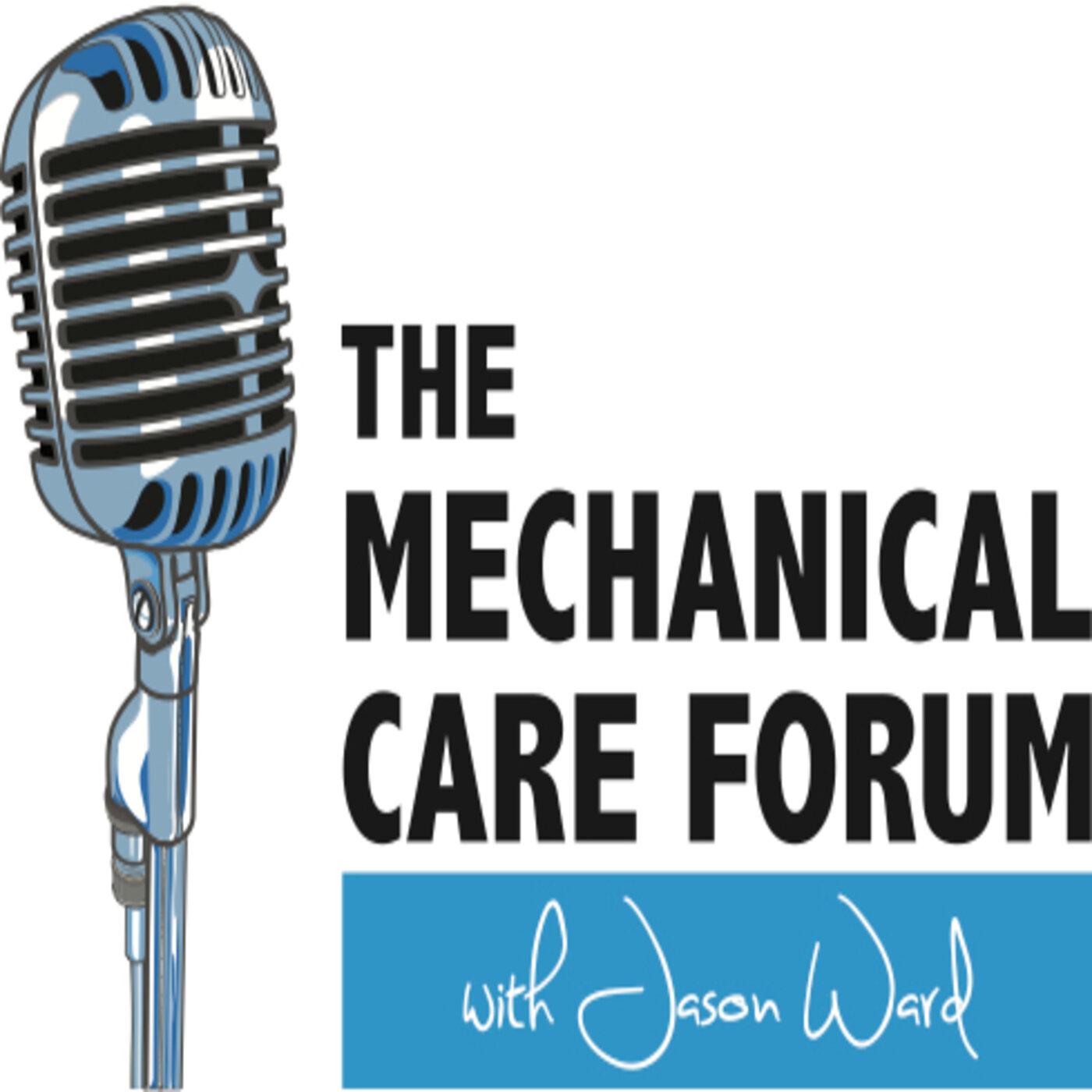Melissa Watson
In episode 251 I’m talking with Melissa Watson and we’re joined by Annie O’Connor too. Both practice at the Shirley Ryan Ability Lab in the Chicago IL area. We talk about Melissa’s journey and her focus in neurological rehab and the improved effectiveness in treating this population of patients through the Pain Mechanism Classification System and Mechanical Diagnosis and Therapy. This week on MCF!
SHOW NOTES
World of Hurt Course
Discussion about a recently concluded World of Hurt course and how it has been different from the previous ones. Annie feels the reason for it being different and one of a kind were the attendees which included the people who are forces in their own right, with many of them being speakers, authors, and advanced clinicians who brought their knowledge and skills to the table. Melissa felt that it was a great collaborative time with exchange of learning between clinicians.
Background
Melissa Watson has been working at Shirley Ryan Ability Lab for 16.5 years and has clinical experience in neurological rehabilitation. She is practicing clinically in the Day Rehabilitation setting and consistently mentors students in clinical practice.
Clinical Journey
Graduated in 2002, and the first 10 years of her career she was focused on using the principles taught in school and focused on function. She used a lot of modalities for pain management and was limited in her skills to address pain and get it better. Even to address spasticity in patients, the approach was to accommodate it and use passive methods like splinting, casting. She felt frustrated with her lack of ability to address tone abnormalities which affected the rehab potential. She was first introduced to Pain Mechanism Classification system with Annie O’Connor and later she started her journey with MDT to certification. She has learned a whole different aspect of application of MDT principles in neurological patients.
Patient Example
Annie recalls a patient and how in her initial days after MDT Part A course, and after understanding directional preference (DP), she was able to apply the principles to address pain in neurological patient which also positively affected their spasticity. It was a life changing finding for her as a clinician and it has been integrated in their practice.
Melissa discusses a patient case of MS with lower extremity spasticity, to whom they applied MDT principles and used prone extension static positions that brought about a change in spasticity. Using the REPEX machine with him has been a game changer as they have been able to note a significant change in his functional measures and quality of gait. Also using the Pain Mechanism Classification system, Melissa has been able to understand that with this patient, his emotional and social coping mechanisms or lack of have an effect on his spasticity.
We hope to deliver this content to the committed professional who wants to improve his/her care and we hope to do it in a way that is easily accessible, the world over, in today's technological age.
To contribute:
Give a 5-star review on iTunes;
Share EP #251 with a friend; and/or
Connect with us on the Spotify MCF Podcast and MCF Instagram page!
Thanks for your support!


